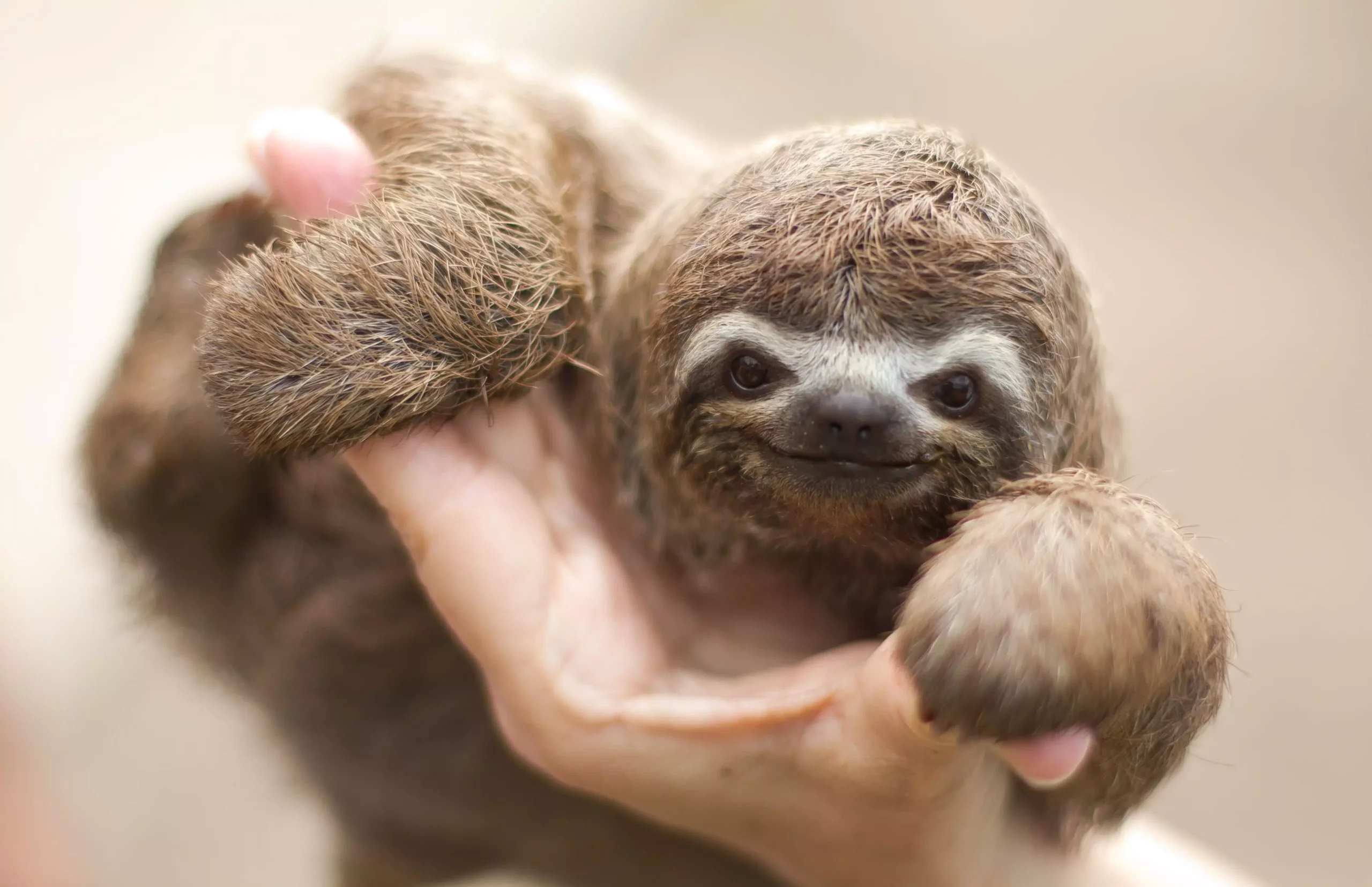Two-toed sloths, belonging to the scientific classifications Choloepus didactylus and Choloepus hoffmanni, are fascinating creatures that inhabit the lush rainforests of Central and South America. These uniquely adapted animals are equipped with features that enable them to thrive in their natural habitat. Their slow metabolism and lifestyle, characterized by an aversion to rapid movement, have earned them a reputation as a low-energy species, which some people find appealing. However, the reality of owning a two-toed sloth as an exotic pet involves a multitude of challenges that prospective owners must carefully consider.
Though it is legal to own a two-toed sloth in several states, such as Alabama and Florida (with permits), there are significant ethical concerns surrounding this decision. The legality of ownership often fails to consider the well-being of the animal, which struggles to adapt to a life in captivity. The illegal pet trade further exacerbates these ethical dilemmas, as many sloths are captured from the wild and sold under distressing conditions. Before committing to ownership, individuals should thoroughly research the implications of these legal frameworks, including any necessary permits and the consequences of illegally sourced animals.
Caring for a two-toed sloth is anything but straightforward. These animals need a meticulously tailored diet, predominantly consisting of specific pellets designed for leaf-eating animals, along with fresh vegetables. The dietary requirements alone highlight the complexity of sloth care. In the wild, sloths primarily consume leaves that are often unavailable in commercial settings, making it difficult to replicate their natural diet. Owners must go out of their way to ensure that their pet sloth is consuming the right nutrients, which can include fresh greens and occasional fruits.
Alongside a specialized diet, sloths are climbers by nature and require a habitat that mimics their natural environment. This need translates into the demanding task of creating an enclosure filled with climbing structures and humidity levels that replicate their native rainforest settings. For a two-toed sloth, this means a consistent temperature range of 90 to 100 degrees Fahrenheit and humidity levels around 80% to 90%. Failure to meet these environmental needs can lead to dire health consequences, including digestive problems and respiratory issues.
The behavioral tendencies of sloths present another layer of challenge. These creatures are not affectionate or social in the way that many domesticated animals are. They do not enjoy being petted or cuddled and often display stress through subtle, hard-to-read signals. This poses difficulties for many owners who may misinterpret the sloth’s behavior, leading to unintended harm or stress for both the owner and the animal. Unlike dogs or cats, sloths do not actively seek out human interaction; they are far more content hanging from the trees in their enclosure, a fact that can be disheartening for those expecting companionship.
Furthermore, sloths also have a unique method of defending themselves. In the wild, their primary strategy is to remain motionless in the face of danger. However, in captivity, this instinct can manifest as aggression if they feel threatened. Claw injuries from a scared sloth can pose significant safety risks to owners and other pets in the household, necessitating careful handling protocols and the creation of a secure environment.
Potential sloth owners must also grapple with the reality of a long-term commitment. With lifespans of over 30 years in captivity, bringing a sloth into one’s home is not a fleeting responsibility. The combination of environmental setup, dietary needs, and the challenges of interpreting sloth behavior means that a two-toed sloth is likely to require continual investment of time, money, and effort throughout its life. Those thinking of buying sloths often underestimate the comprehensive commitment required to ensure a high quality of life for these animals, which can result in poor outcomes for the pet and, subsequently, for the owner.
While two-toed sloths may seem like fascinating and unique pets, the reality behind their care is complex and demanding. It requires not only appropriate environmental setups and dietary considerations but also a deep understanding of their behavioral needs and long-term commitment. Given their specialized care requirements and the ethical dilemmas associated with pet ownership, it may be wiser to appreciate these magnificent creatures in their natural habitat or through responsible conservation efforts rather than as pets. For those still considering this route, extensive research and preparation are paramount to ensure the well-being of both the pet and the owner.

